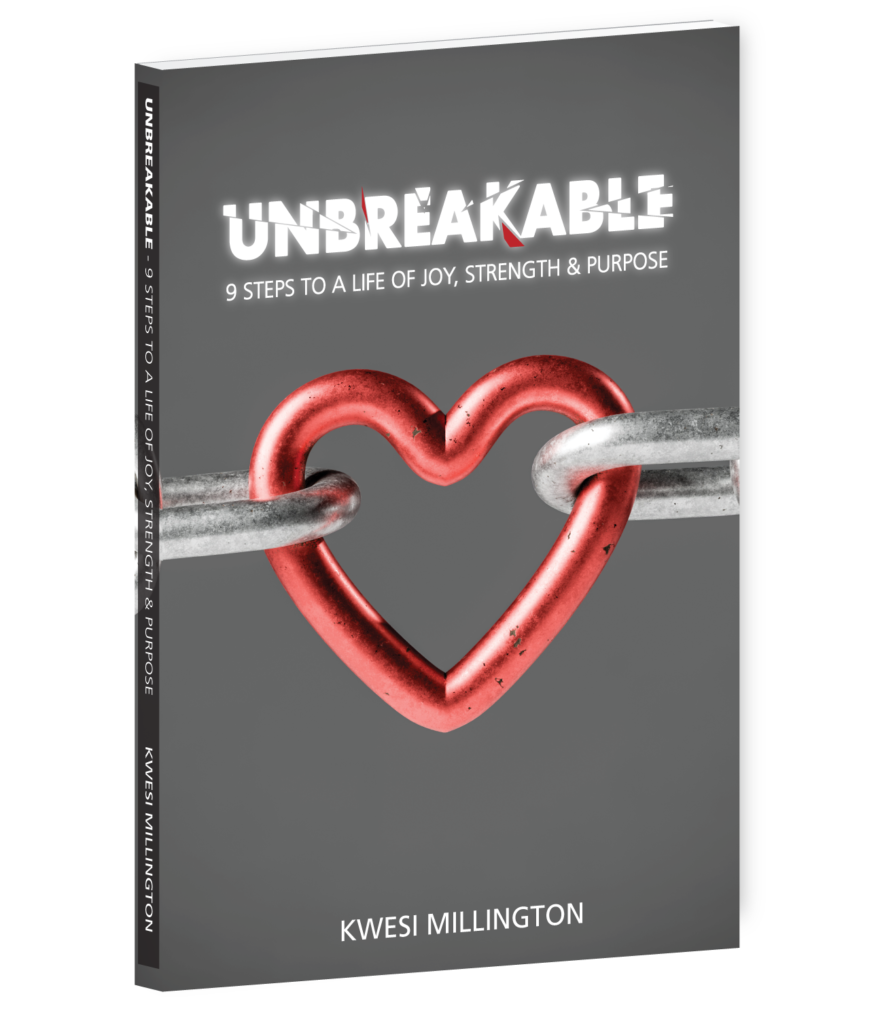It seems redundant to talk about police officers, first responders and resilience. Resilience is defined as the ability to recover quickly from difficulties. Difficulty is inherent to the career of a first responder. From long shifts, to dealing with cantankerous people – both criminals AND co-workers – it would appear as though teaching resilience is unnecessary.
However, we know from statistics that’s not the case. With physical and mental health issues highest among LEOs (Law Enforcement Officers) and First Responders in comparison to the general population, there’s a mismatch somewhere. That tough exterior that most people see can often hide emotional issues that have been buried. As a former police officer I know that has to happen – going from a heated domestic dispute to a potential home invasion requires an officer to put their feelings in their back pocket. Officers don’t have time to process. But emotions are like hunger – you can’t ignore them forever. And what many find is that by the time they are forced to deal with the built up, unrecognized emotional strain, they are left without answers.
When it comes to building resilience as a front line officer, there are five steps that I recognized from my career that can help with fortifying your ability to overcome internal crises and challenges.
Step #1 – Ensure you have good Role Models
When I first put on that police uniform, it felt as if my toughness rating immediately jumped up a few notches. I didn’t just put on a bulletproof vest – I WAS bulletproof. I thought I was ready for anything, emotionally and physically. I guess that was the point of training, to make us feel that way – ready to roll with whatever the streets would show us. However, as soon as I started working on the streets, something happened that I initially saw as negative, but it turned out to have taught me something very important. I was assigned a training officer.
Now most mothers probably give their sons this same advice: “If you don’t have something nice to say, don’t say anything at all.” I’ll apply this to my training officer. For the first four months on duty, I drove with an officer who picked on everything I did – I mean everything. And not in an “I want to make sure you’re safe on the streets so I’m being tough on you” way. It was more like a “I want to show you how much better I am than you, so I’m gonna put you down as much as I can” type of way. I can honestly say that those four months were among my worst on the job. It got to the point where I dreaded going in for work, and one night I even broke down, went to my supervisor, and told him “I don’t think this career is for me.” I’m grateful for his response. “Sergeant K” simply said, “Take the next couple of days off, then let’s go for coffee.”
I don’t remember everything that was said during that coffee time with Sergeant K. I do remember that he talked me out of quitting, gave me his personal number, and told me if I ever needed to talk about something, I could reach out. He gave me the strength to complete my four month ride along rotation with my trainer, and because of his advice I continued on with my career. Though my end path did not turn out to be as a police officer, that negative situation with my trainer and positive response from my supervisor reminded me of the importance of role models.
Do you have someone who exemplifies traits that you want to build in yourself? Someone you look up to? A mentor you can rely on for advice? If not, find someone you can learn from and grow with. Remember we ask for help not because we’re weak, but because we want to remain strong.
Step #2 – Have Friends In and Out of Your Profession
I can’t emphasize the importance of this step. I used to work, eat and drink with exclusively police officers. Part of that is because I was posted outside of my home province on the west coast. Another reason is because I felt that since my experiences on the job were the same as other cops, hanging out with them off the job made the most sense. While there’s nothing wrong with having friends from your own profession, it can be problematic to exclusively have those types of friends – especially for police officers and other first responders. A cop sees a different world than most people. They see what the world looks like when the veil of order and normalcy is lifted. Cynicism can set in. You need a balance to that.
When I moved back to Toronto, this imbalance became very apparent to me. It was almost as if when I saw my old friends again, I couldn’t relate. The conversations seemed mundane to me at first, as if the only topics that were worth talking about were ones related to drugs, guns or gangs. It took me awhile to realize that the problem wasn’t them – it was the man in the mirror. I needed to repopulate my close circle with non-officers again. Once I did, I was able to see the world through the lens of normalcy again instead of hyper-vigilance.
Who are your friends? Do you need balance in your relationships?
Step #3 – Cut the BS. Talk it Out
I had the hardest time being authentic and honest with feelings in my life. I thought “I don’t need to talk about it!” For years I didn’t. And where did that land me? Lost, depressed, and suicidal. I was diagnosed with PTSD and Depression, and I know that in no small part that is because I refused to talk about or process what was going on in my mind. Even when I did start seeing a psychologist, my preconceived notions about therapy and reservations as to whether therapy would work for me slowed my own mental progress.
Don’t be mistaken. You will never get over your mental issues without talking to someone. That may include talking to a professional, a trusted friend, or a family member. That may even include talking it out on paper in a journal. Wherever you start, start.
Step #4 – Physical Fitness
Did you know that the first responder field has the highest levels of obesity? Is that really surprising? Probably not when you realize that the leading causes of poor health include poor nutrition & hydration, stress and psychological factors. Hello, welcome to the world of a first responder!!!
However, this must be addressed. With first responders dying on average 10-15 years sooner than the general population, the importance of physical fitness cannot be ignored. Now I know there are two camps on this issue. There are those on the front line who prioritize fitness, you can see it. However, there are those on the opposite end that have let their bodies – and sometimes their minds along with it – fall by the wayside. What’s the solution? It starts with what goes in your body. As a Certified Wellness Coach, I tell my clients that only teenagers can out train bad nutrition, so start by simply writing down what you eat and drink. Building that awareness as a first step is essential. Movement is next. It doesn’t have to be in a gym, but something to be mindful of is what health professionals call the FITT principle.
F stands for Frequency: You won’t get any results if you’re only active one day a week. The more frequently you exercise and pay attention to your nutrition, the more successful you’ll be.
I stands for Intensity: When you are active, your heart rate goes up. However, there should be some intensity to the activity you are performing. While a daily light walk is a good practice to pick up, it’s not going to move the needle significantly for most people. There are many heart rate calculators online. Be aware of your target zones and if you are medically clear, go for it.
T stands for Time: The general recommendation is 30 minutes of activity daily. Now the more intense your workout is, the more you can accomplish in less time. Choose your activity based on intensity and your goals.
T stands for Type: There are as many ways to get active as there are to stay inactive. Find what you enjoy doing that also provides a manageable challenge. What’s important here is that you find something that you can commit to, and you add variety to what you do.
Step #5 – Training on Resilience & Mental Health Strategies
Finally, we come to what I call the paradox of resilience. Past studies have shown that we are all born with some level of resilience. However, the paradox lies in the fact that you also have to build resilience like a muscle. Just as lying in bed makes your muscles atrophy, failing to work on methods to build your resilience can work against you when the unexpected and unwelcome happens. There are many resources you can tap into: books on the topic, personal coaching, or training programs. The point is, knowing what you can do daily to build your own resilience will give you the tools you can use when you need to be mentally strong.
Many people have more resilience than they think they do. However, you don’t want it to be a guessing game and then find out that you are unable to handle strife and struggle when it strikes.
I’ll leave you with this: What’s the next step YOU’LL take to build your resilience?
Kwesi Millington, Resiliency Expert, Author & Certified Wellness Coach
Get the Report “3 Secrets to Remarkable Resilience”: http://www.rockingresilience.com
Take the Free Resiliency Assessment: http://www.resiliencetest.ca
For more on Speaking and the RISE Coaching Program: www.KwesiMillington.com


